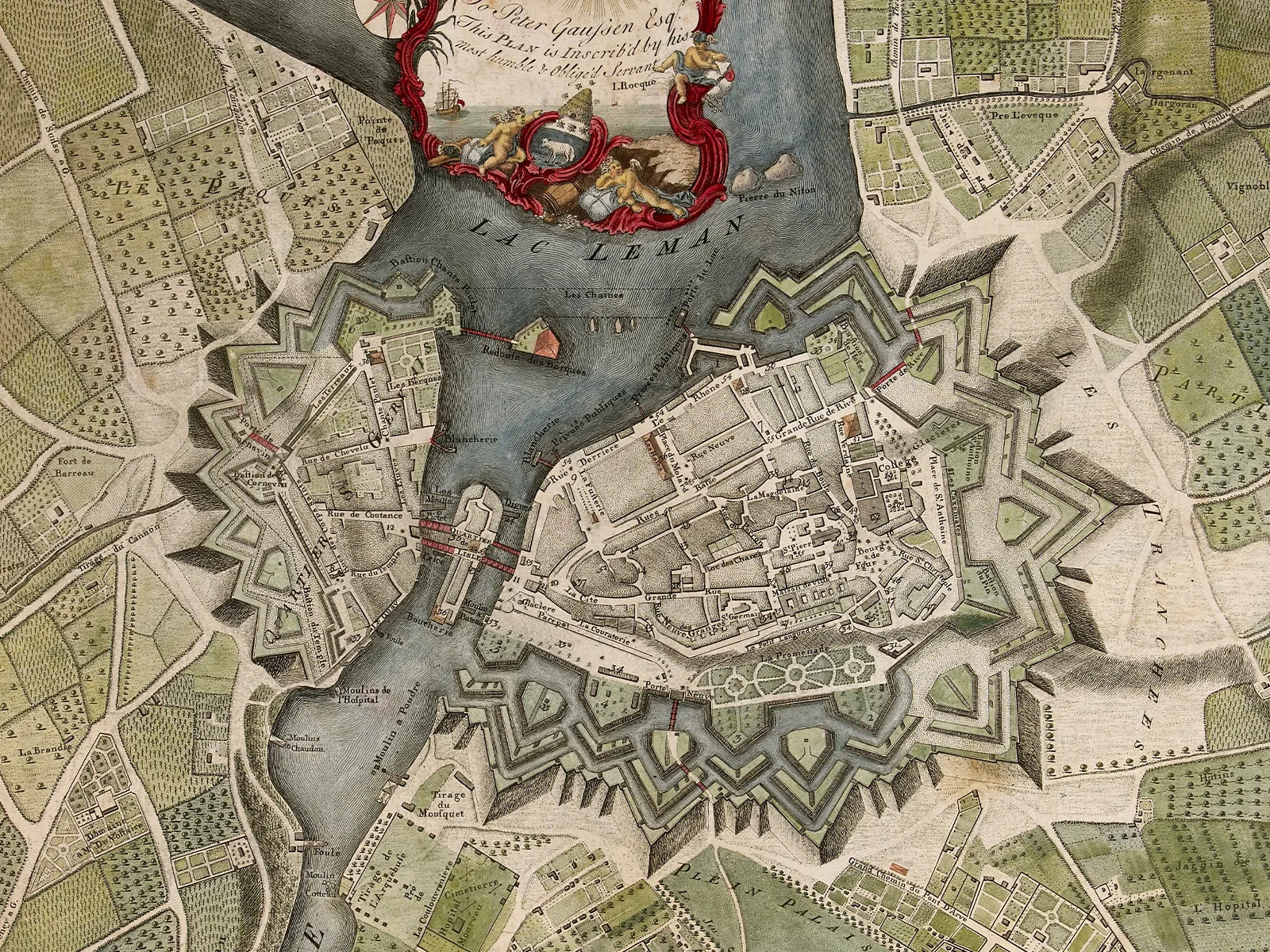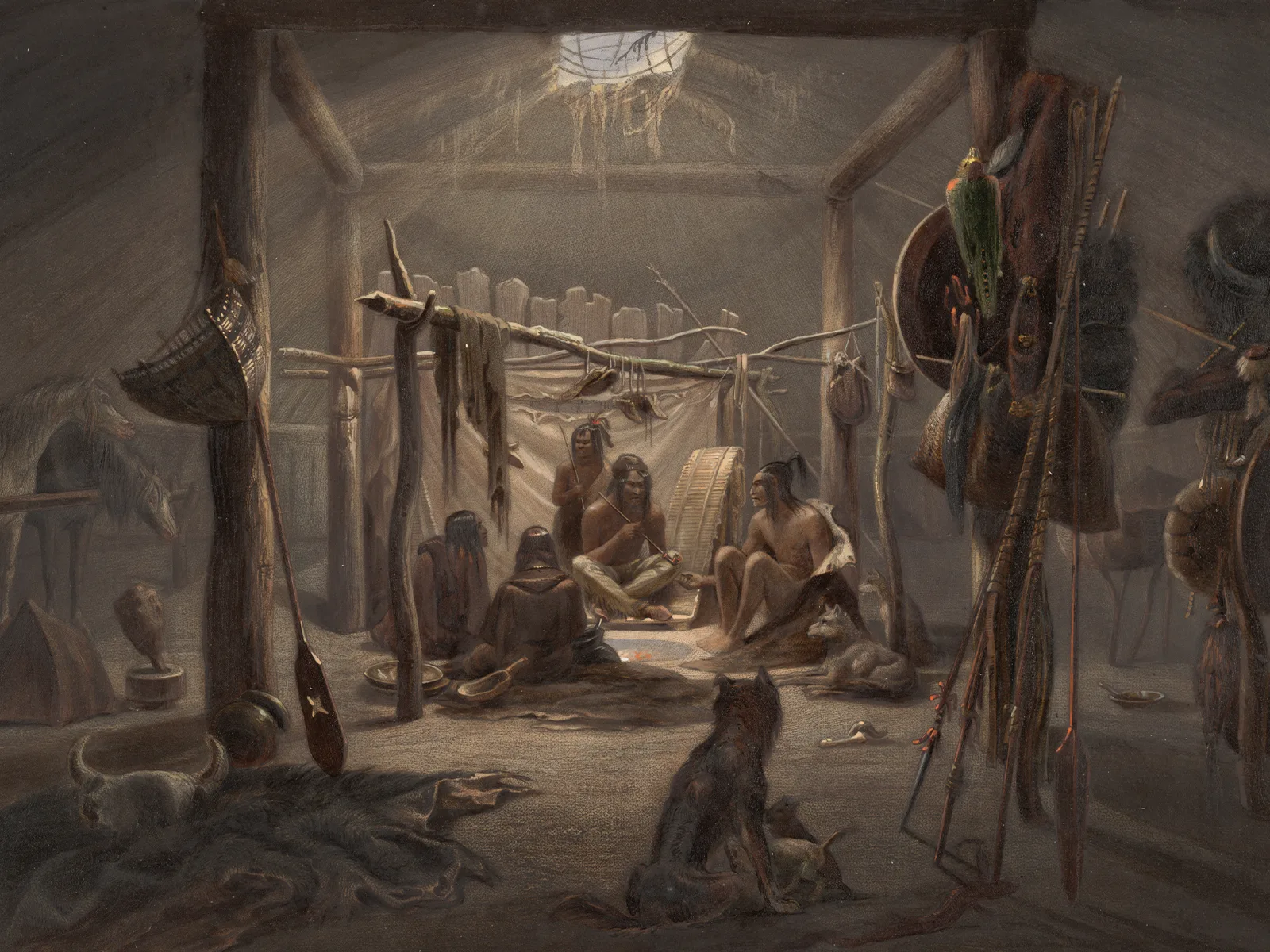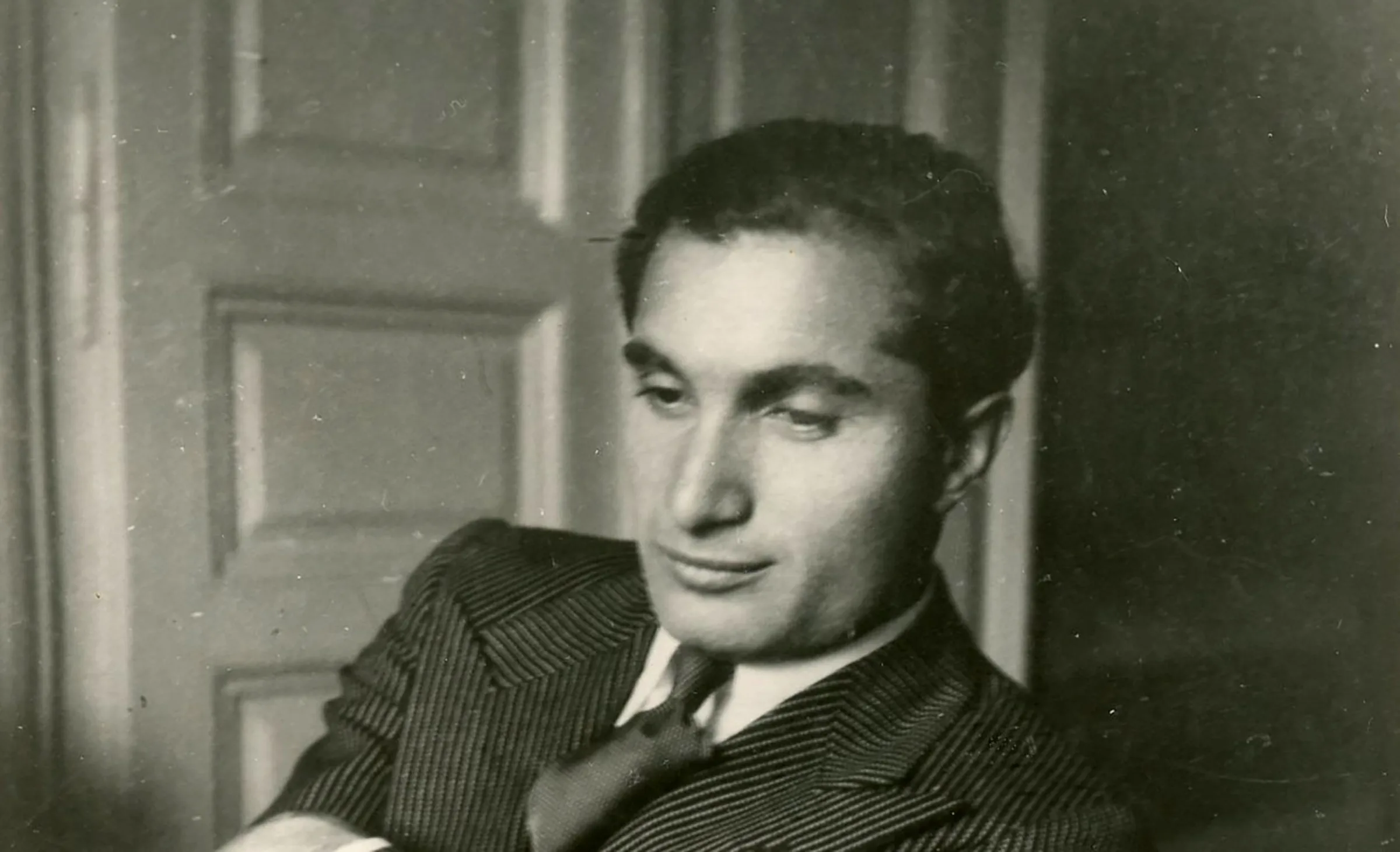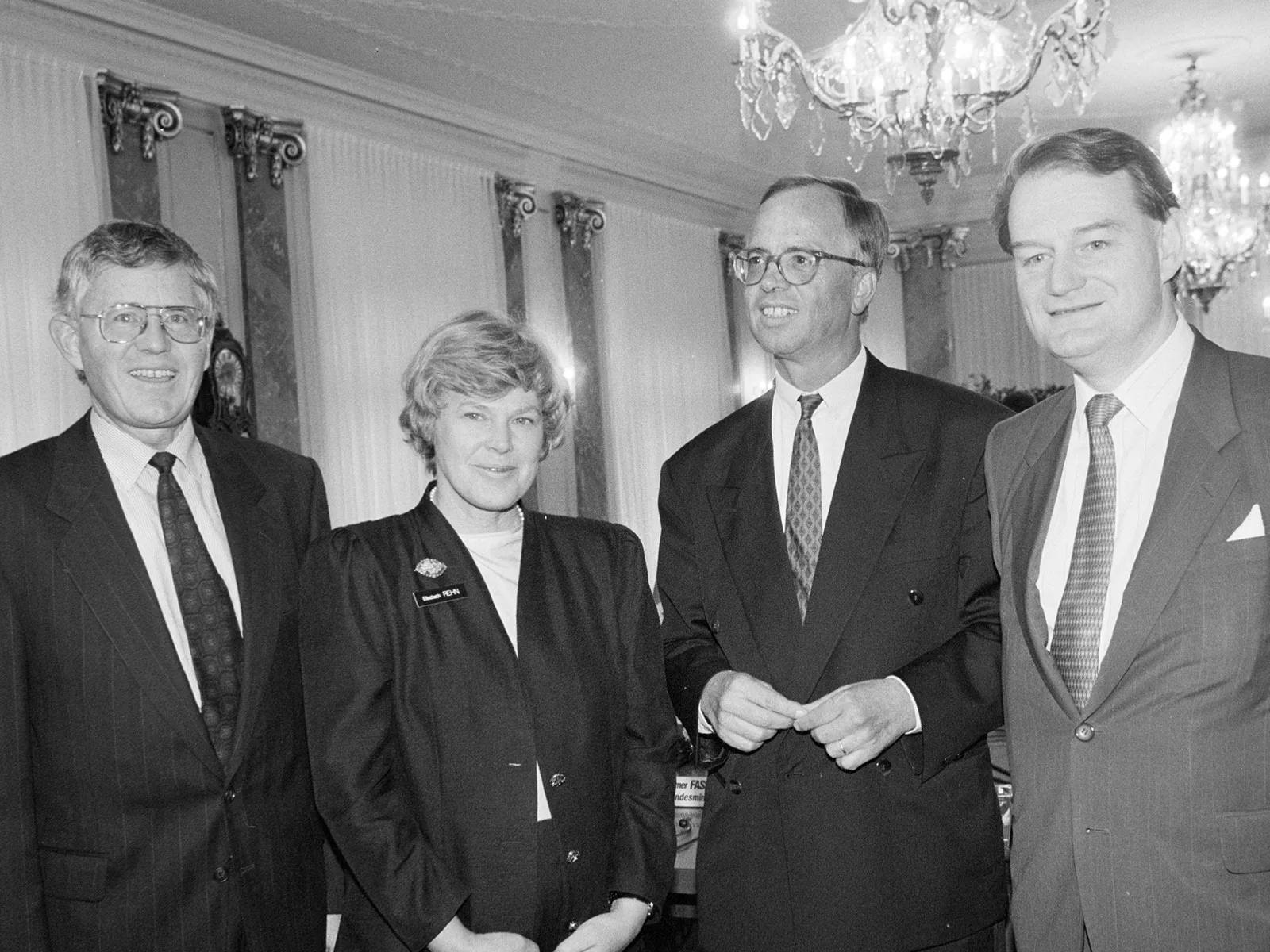
Parting company the neutral way
At the end of the Cold War, the concept of neutrality lost something of its relevance. This in turn led, at the beginning of the 1990s, to the breakup of the grouping that had brought together Europe’s four neutral nations: Switzerland, Sweden, Austria and Finland.
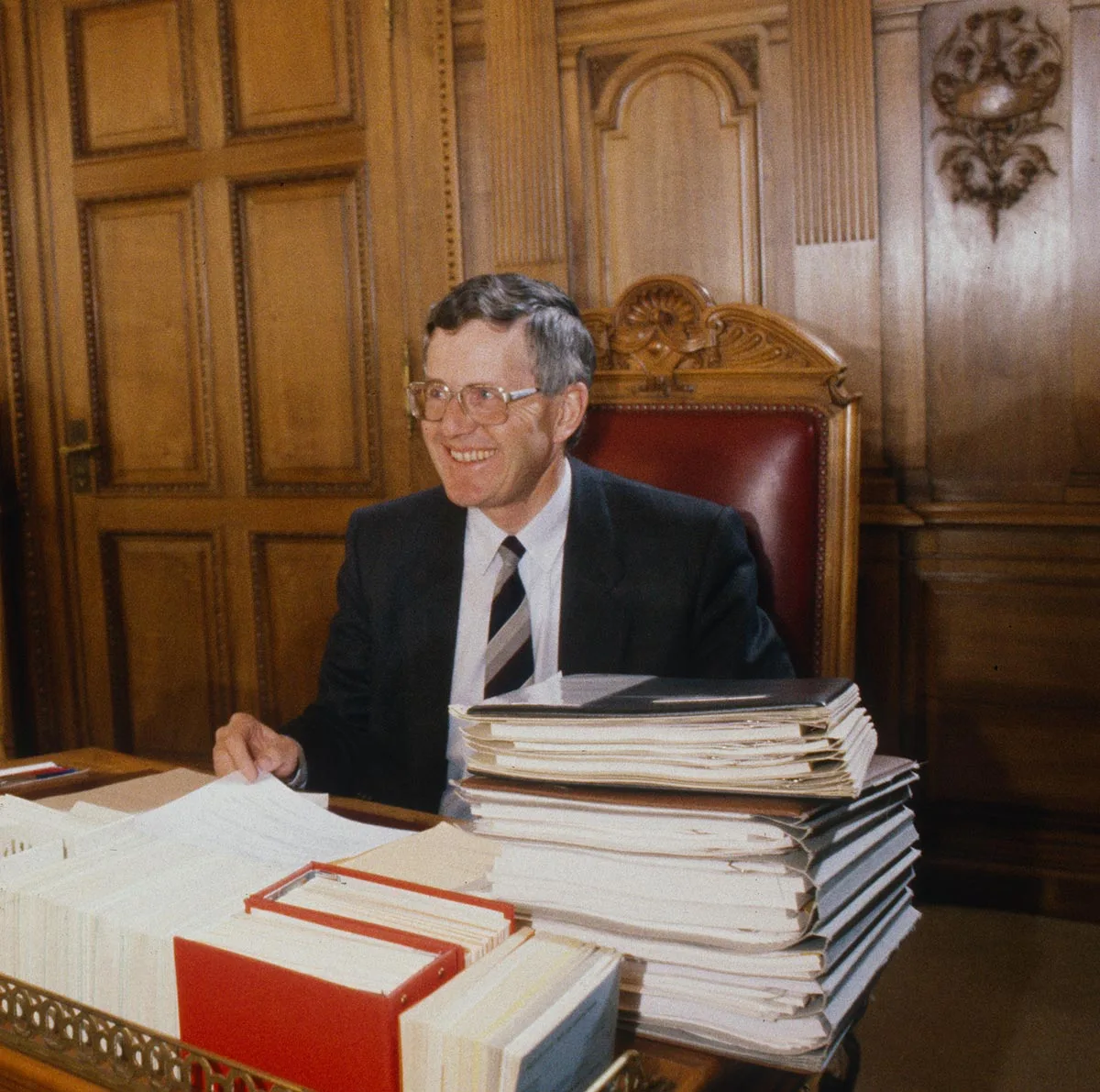
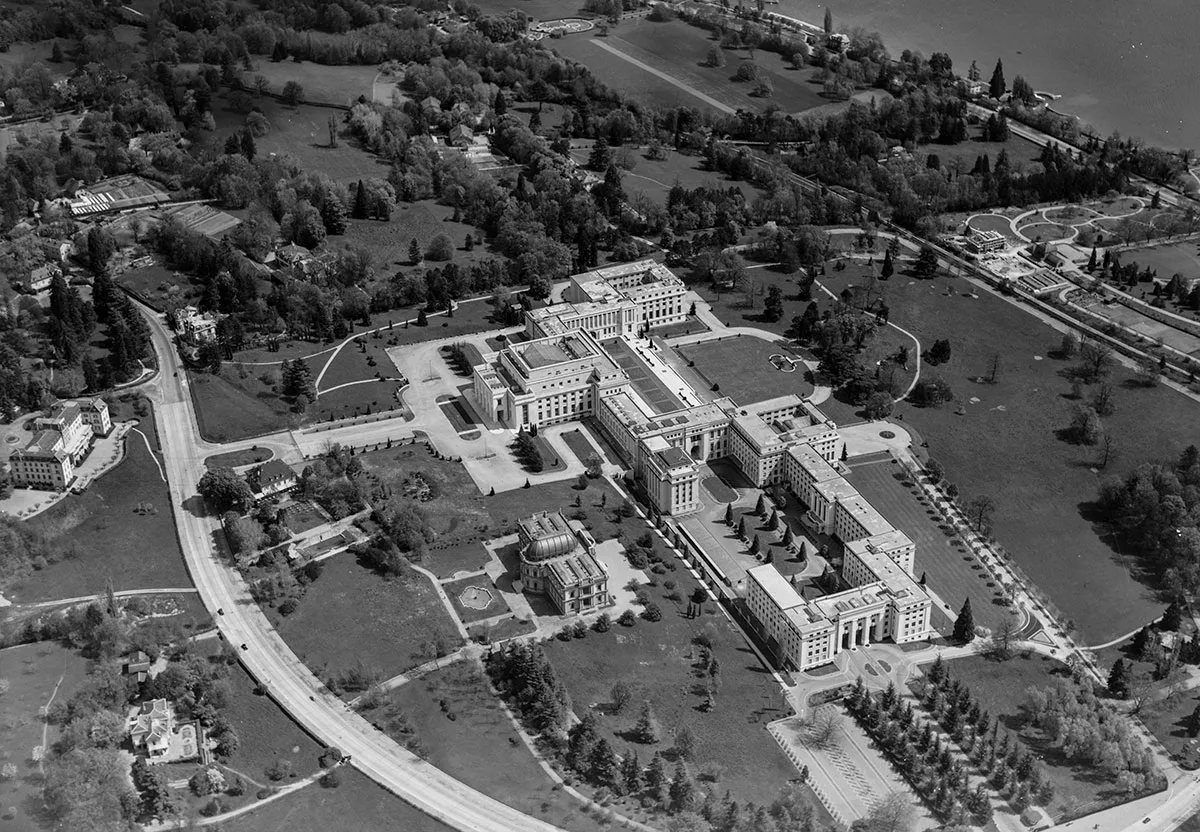
The Swiss and Swedish mission in Korea, 1953. YouTube
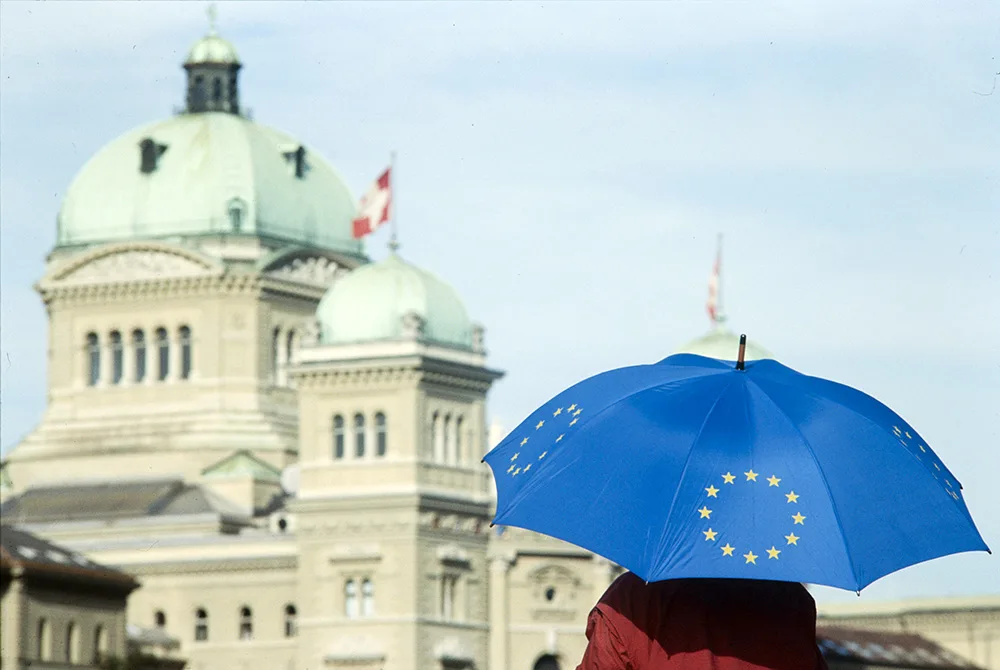
Joint research

This text is the product of a collaboration between the Swiss National Museum (SNM) and the Forschungsstelle Diplomatische Dokumente der Schweiz (Dodis), the Diplomatic Documents of Switzerland research centre. The SNM is researching images relating to Switzerland’s foreign policy in the archives of the agency Actualités Suisses Lausanne (ASL), and Dodis puts these photographs in context using the official source material. The files on the year 1992 were published on the internet database Dodis in January 2023. The documents cited in the text are available online.

